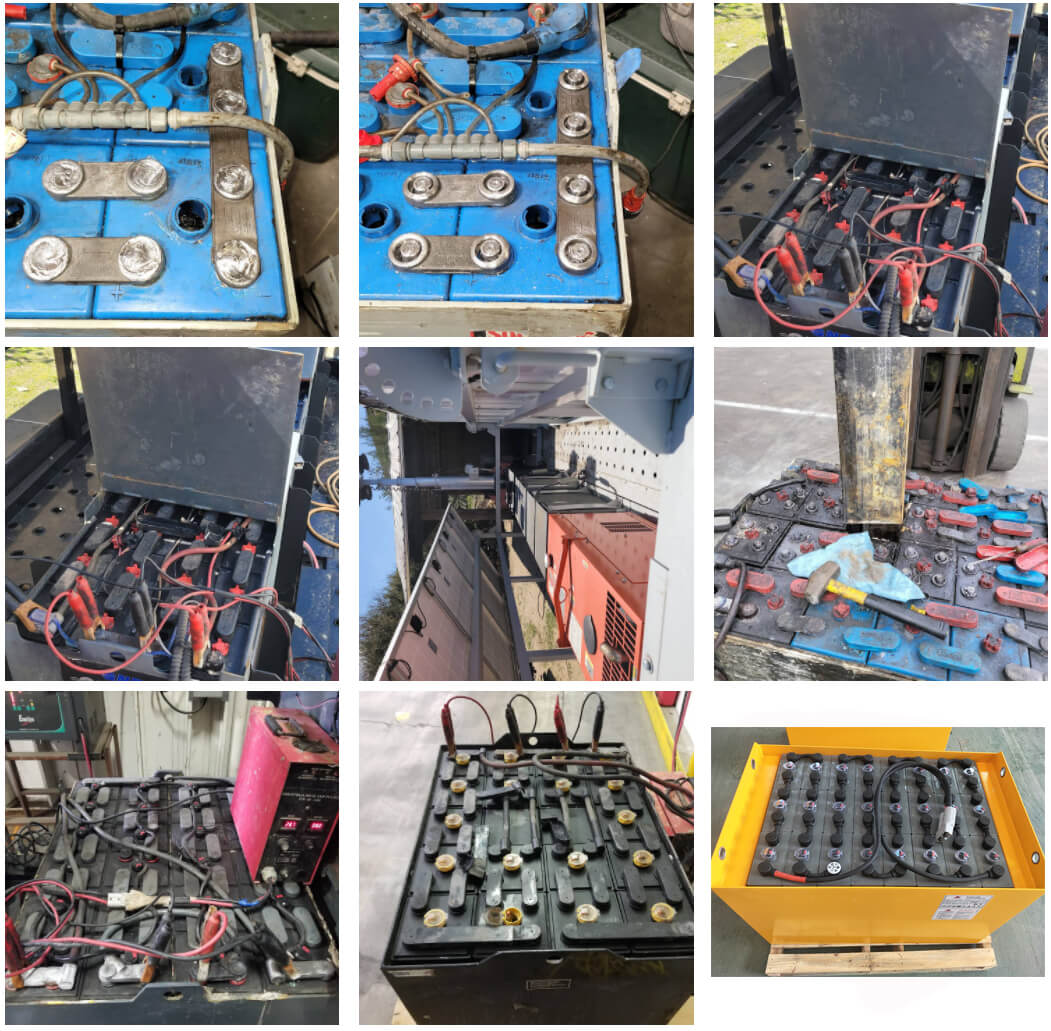Stationary, Automotive and Tractional Batteries: Understand the Difference
Let's talk about the difference between these 3 main types of batteries on the market: Stationary, automotive and traction.

Stationary batteries:
Stationary batteries are designed to work stationary without being moved. They are used in various sectors, such as UPS, remote monitoring, private and public lighting, alarms, security, that is, in the most diverse situations, but they are well known for being used for solar energy systems. They have very thick, tubular-shaped internal plates, which is why they are used for long periods of deep discharge. They save on wear and therefore have a useful life of up to 10 years. In addition, they are built with noble materials, which further increases their useful life and durability.
The terminals of the stationary batteries have a screw and a nut, making the interconnection between the batteries easier. This type of battery needs the approval of ANATEL. They are laboratory tested before going to market, and can be fully discharged multiple times. Its operating temperature can reach 30°Celsius.
Automotive batteries:
They are the most common on the market. This type of battery has a large number of plates, but with thin lead plates, and has a large current but for a short period of time, as in starting a car, for example. The poles of the automotive battery are the standard used in automobiles, called Conical. Unlike stationary batteries, automotive batteries do not always require ANATEL approval.
Automotive batteries are designed to discharge no more than 5% of their full capacity. They are made to recharge while using the car, that is, to be always charged. This function is performed by the alternator in cars. Its useful life is estimated at 3 years and its operating temperature is around 25° Celsius.
Traction batteries:
Traction batteries have a higher capacity than other batteries. They are practically used as fuel in electric forklifts, electric pallet trucks, electric tugs and other electric traction and cargo handling vehicles.
They are manufactured with nobler and more sophisticated components and therefore their durability is greater. In addition, they provide up to 80% of load capacity from 30 to 45° Celsius without sacrificing functionality. The thickness of the boards and their internal components help for their proper functioning. Provide 5 to 8 hours of machine use, and only after it needs to be charged.
If a traction battery is properly serviced, its useful life will be 5 to 8 years. Wisdom Power maintains traction batteries efficiently and quickly, so you don't waste too much time with your machine down. We send a technician to carry out the necessary assessment directly at your company. For more information, Please email: inquiry@bullsbattery.com













